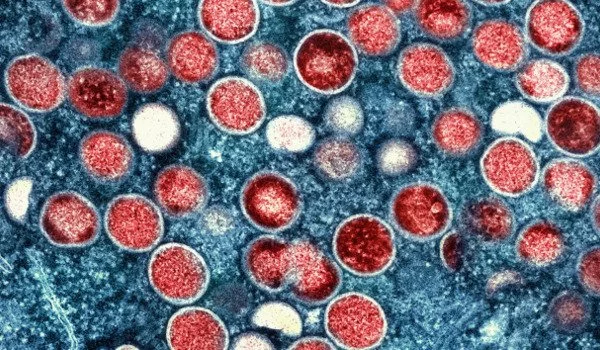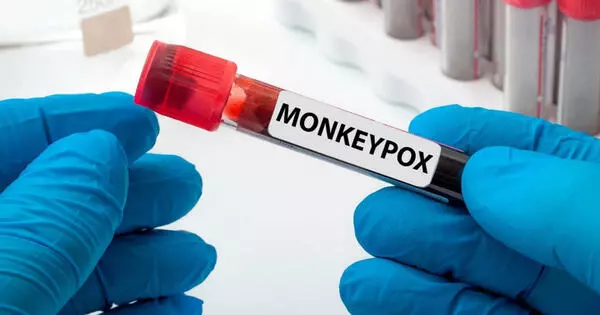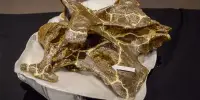Smallpox viruses are notorious for their ability to survive in the environment for extended periods of time. A new study has found that temperature plays an important role in this process: a monkeypox virus capable of replicating can survive on a stainless steel surface for up to eleven days at room temperature, and up to a month at four degrees Celsius. As a result, disinfecting surfaces is critical. The study found that alcohol-based disinfectants are very effective against monkeypox viruses, whereas hydrogen peroxide-based disinfectants were ineffective.
The virus can survive on steel surfaces for up to 30 days before being inactivated by alcohol-based disinfectants.
Smallpox viruses are notorious for their ability to survive in the environment for extended periods of time. Temperature is a major factor in this process, according to a study conducted by the Department of Molecular and Medical Virology at Ruhr University Bochum in Germany: at room temperature, a monkeypox virus capable of replicating can survive on a stainless steel surface for up to eleven days, and at four degrees Celsius for up to a month. As a result, disinfecting surfaces is critical. The study found that alcohol-based disinfectants are very effective against monkeypox viruses, whereas hydrogen peroxide-based disinfectants were ineffective. The team’s findings were published in the Journal of Infectious Diseases.
This is consistent with our experience that people can still contract monkeypox from household surfaces after almost two weeks.
Professor Eike Steinmann
Weeks of monitoring
Since 2022, the monkeypox virus has been spreading from one human host to another at an increasing rate. Although most infections are caused by direct physical contact, the virus can also be contracted through contaminated surfaces, such as those found in the home or hospital rooms. “Smallpox viruses are notorious for their ability to remain infectious in the environment for a very long time,” explains Dr. Toni Meister of Ruhr University Bochum’s Department of Molecular and Medical Virology. “For monkeypox, however, we didn’t know the exact time frames until now.”
The researchers, therefore, studied them by applying the virus to sanitized stainless steel plates and storing them at different temperatures: at four degrees, at 22 degrees, which roughly corresponds to room temperature, and at 37 degrees. They determined the amount of infectious virus after different periods of time, ranging from 15 minutes to several days to weeks.

Viruses remain infectious for a long time
Regardless of temperature, the amount of infectious virus changed little during the first few days. Only after five days at 22 and 37 degrees did the virus concentration drop significantly. At 37 degrees, no virus capable of reproducing was detected after six to seven days; at 22 degrees, infection was no longer possible after ten to eleven days. At four degrees, the amount of virus only dropped sharply after 20 days, and there was no longer any risk of infection after 30 days.
“This is consistent with our experience that people can still contract monkeypox from household surfaces after almost two weeks,” Professor Eike Steinmann, Head of the Department of Molecular and Medical Virology, says.
It is therefore critical to disinfect surfaces in order to reduce the risk of infection in the event of an outbreak. This is why the researchers examined the efficacy of five commonly used disinfectants. They discovered that disinfectants containing alcohol or aldehyde consistently reduced the risk of infection. However, a hydrogen peroxide-based disinfectant did not effectively inactivate the virus in the study. “Our results support the WHO’s recommendation to use alcohol-based surface disinfectants,” Toni Meister concludes.
However, it’s important to note that the stability of viruses on surfaces can vary depending on a variety of factors, including virus strain, surface type, humidity, temperature, and other environmental conditions. Furthermore, the presence of organic material on the surface can influence virus persistence.
















